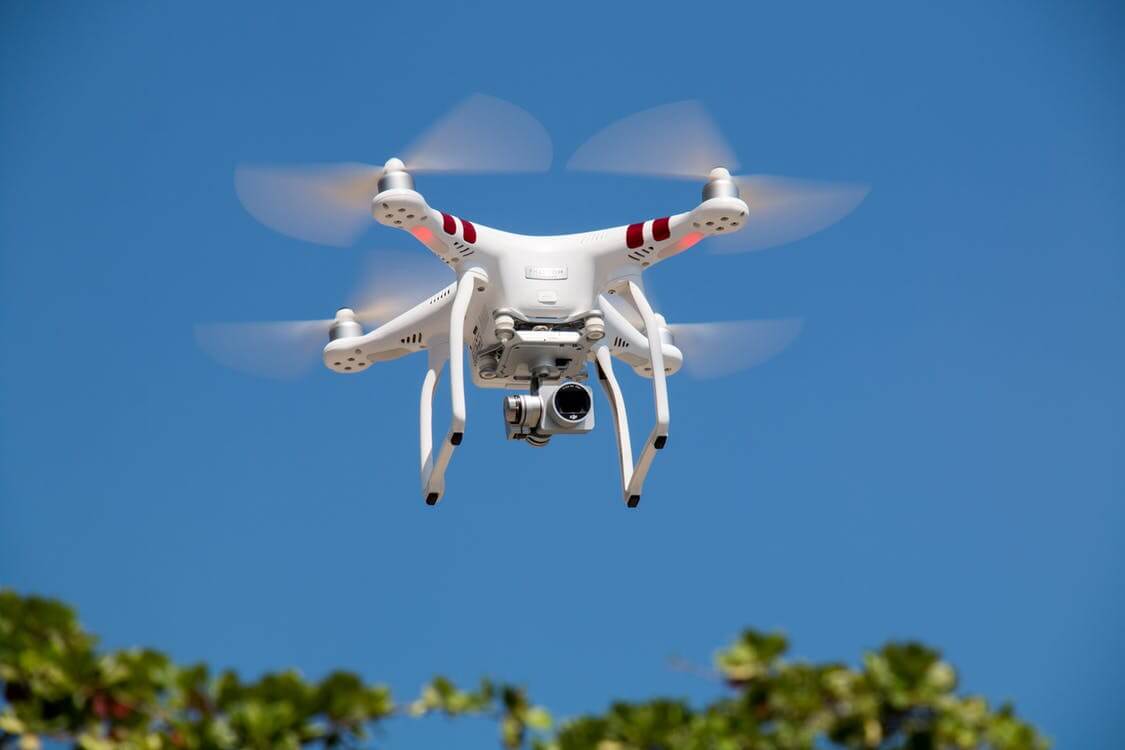The U.S. Government as a Leading Venture Capitalist

Exhibit one of this successful government role is the Defense Advanced Research Projects Agency, or DARPA. DARPA is over 50 years old and has invested tens of billions of dollars in a vast array of technology programs, notably in research allowing the creation of solar panels, the Internet and the GPS. DARPA continues to work today on advanced positioning and navigation technologies. It is also involved in stealth technology; advanced drones; deep-space satellites; artificial intelligence; machine learning; robotics; advanced biotechnology; and even neuroscience. It is a safe bet that it is also at the forefront of cybersecurity, although one can understand that this is not widely advertised. For a long time, DARPA was the only institution with both the required budgets and patience to fund fundamental research neither the private sector (risk aversion) nor universities (not enough resources) could successfully bring to maturity.


DARPA’s current annual budget is $3.4 billion, larger than most venture capital firms’ annual investments. To keep this in perspective, from 2002 until 2017, total annual venture capital investments in the U.S. were in the $15-25 billion range. And the story of the U.S. government’s involvement in young companies does not stop at DARPA, which has a Department of Energy cousin in the shape of the Advanced Research Projects Agency-Energy, or ARPA-E. ARPA-E is much younger, having been formed in 2009. It is also smaller, its original funding being $400 million, as part of President Obama’s February 2009 Economic Stimulus Bill that helped our country rebound after the disastrous 2008 financial meltdown.
ARPA-E’s focus is on the pursuit of affordable, reliable and environmentally friendly energy. Just like DARPA, this DOE agency takes a very long-term and strategic view of the entrepreneurial companies it provides grants to. ARPA-E has supported start-ups in environmentally friendly technologies: advanced carbon capture; batteries for energy storage; bio-fuels; biomass and geothermal energy; solar and wind power. Today, an area where ARPA-E is making a big difference, and one where no venture capitalist has ventured thus far, is in the development of a much-needed “smart grid.” This effort brings together innovations in electricity transmission, local distribution, and energy storage to enable renewable power to overcome its physical limitations, e.g. peak electricity demand taking place at 8 pm, after sunset.
DARPA and ARPA-E have helped countless start-ups gain traction, reach “proof-of-concept,” go to market and eventually become successful companies. These strategic and far-reaching U.S. government agencies have no equivalent in the rest of the world. Who says the government cannot be an entrepreneur’s best friend?

CAREER ADVICE

GOV TALK




